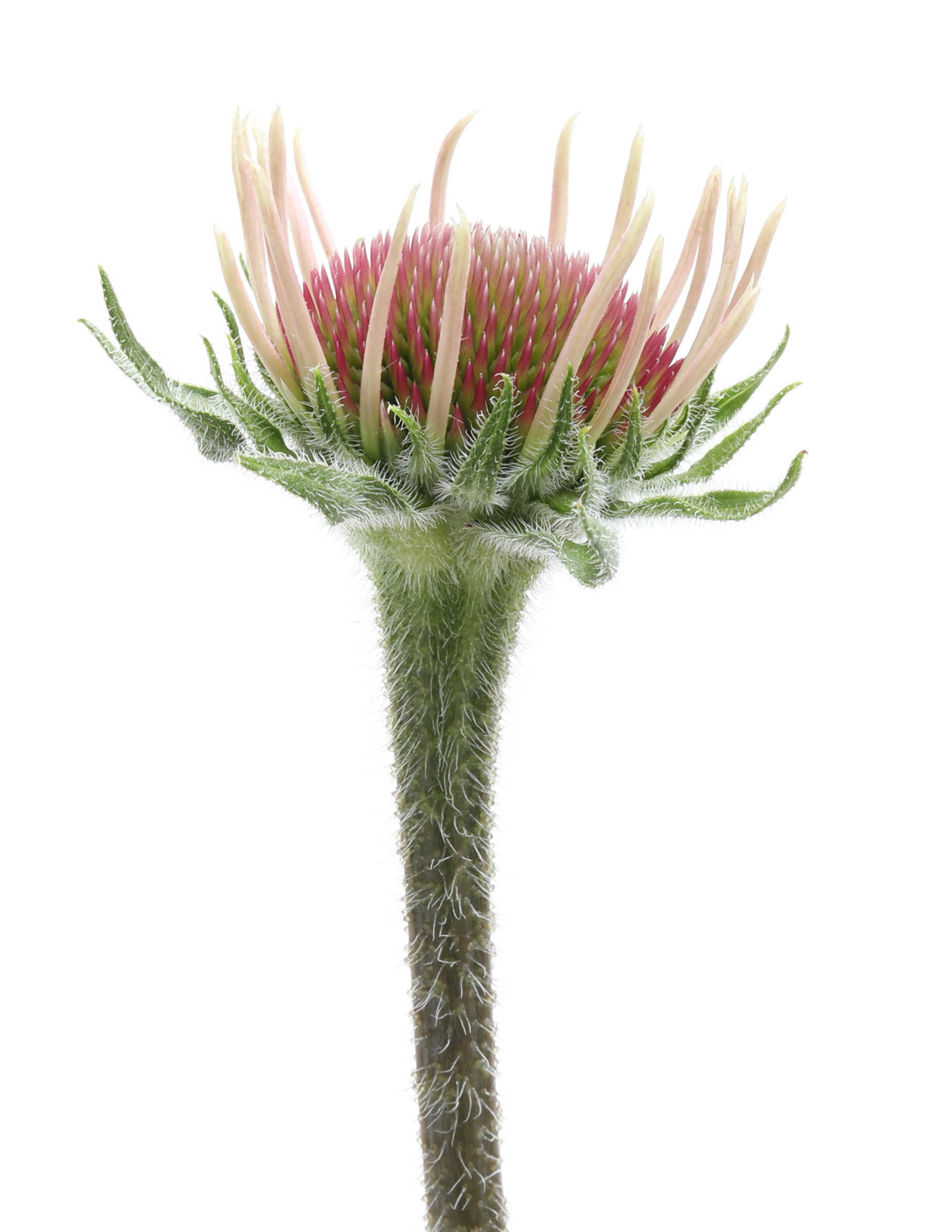
just before
When I teach workshops, I encourage participants to look past peak expression–to look for subjects in a state just before or just after full maturity. The just-before, and the the just-after are more interesting than the stasis, however brief, of perfect ripeness. The just-before and the just-after tell a story; whether of becoming, or of letting go. This echinacea bloom is almost there, but not quite. Full of a bursting energy and just a little bit of tension. It can’t quite fill out its prom dress right now. But you can see the woman in the girl.
echinacea/coneflower
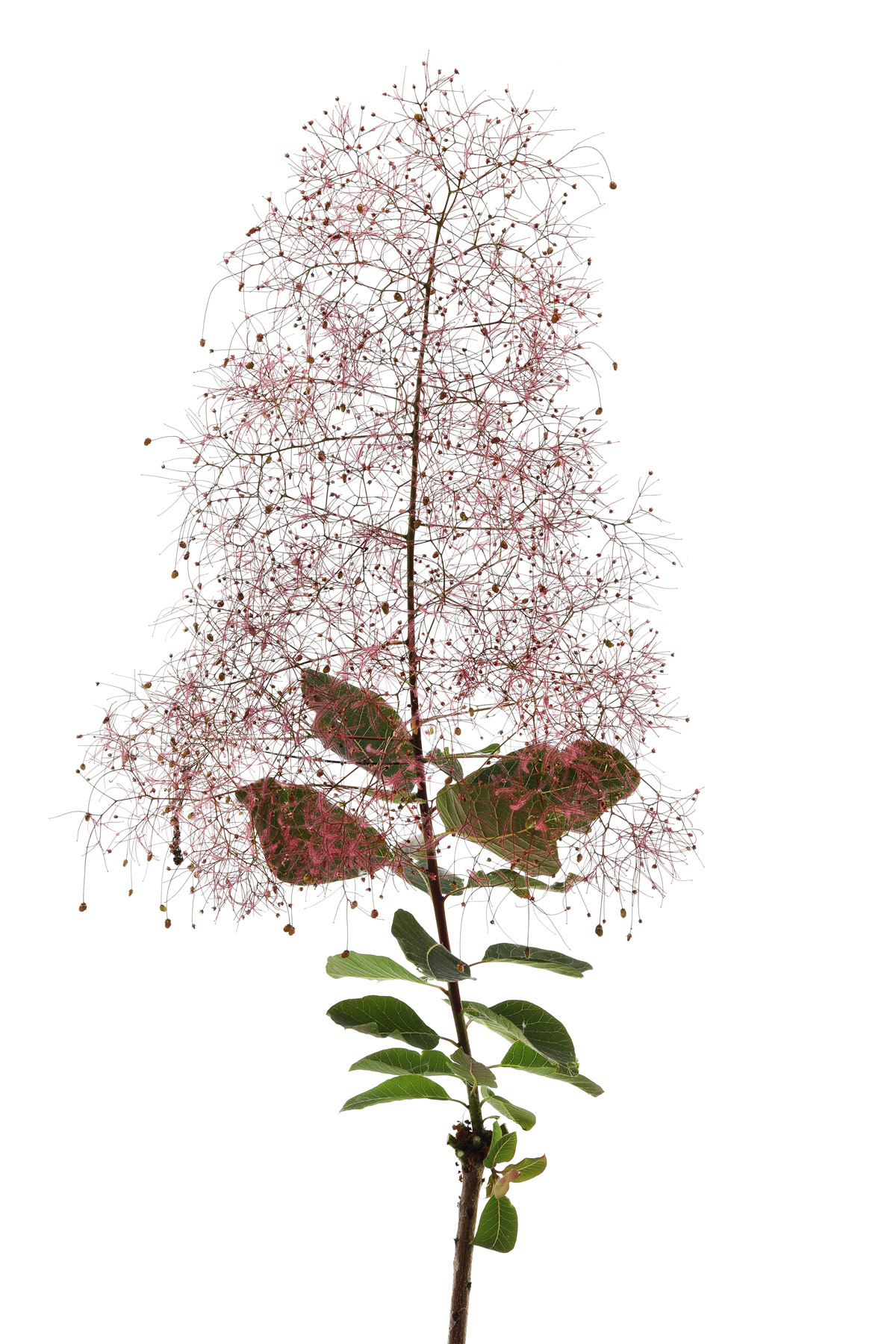
Smoke signals
The ‘smoke-like’ fluffy flower heads of smoketree bushes are a personal favorite of mine. Difficult to photograph, but delightful to see. The colors of the flowers can vary from buff, to pale pink, to wine-red like this one. As unique and interesting as these flowers are…it may be the leaves in autumn that I like the most about smoketree—the color of the leaves gradually vary as you move down a single branch creating inviting ombre gradient, and in autumn it gets even more visible and striking. Alas, it is not autumn. It is nearly high-summer, and smoketrees are are in full fluff.
smoketree/smoke bush (Cotinus)
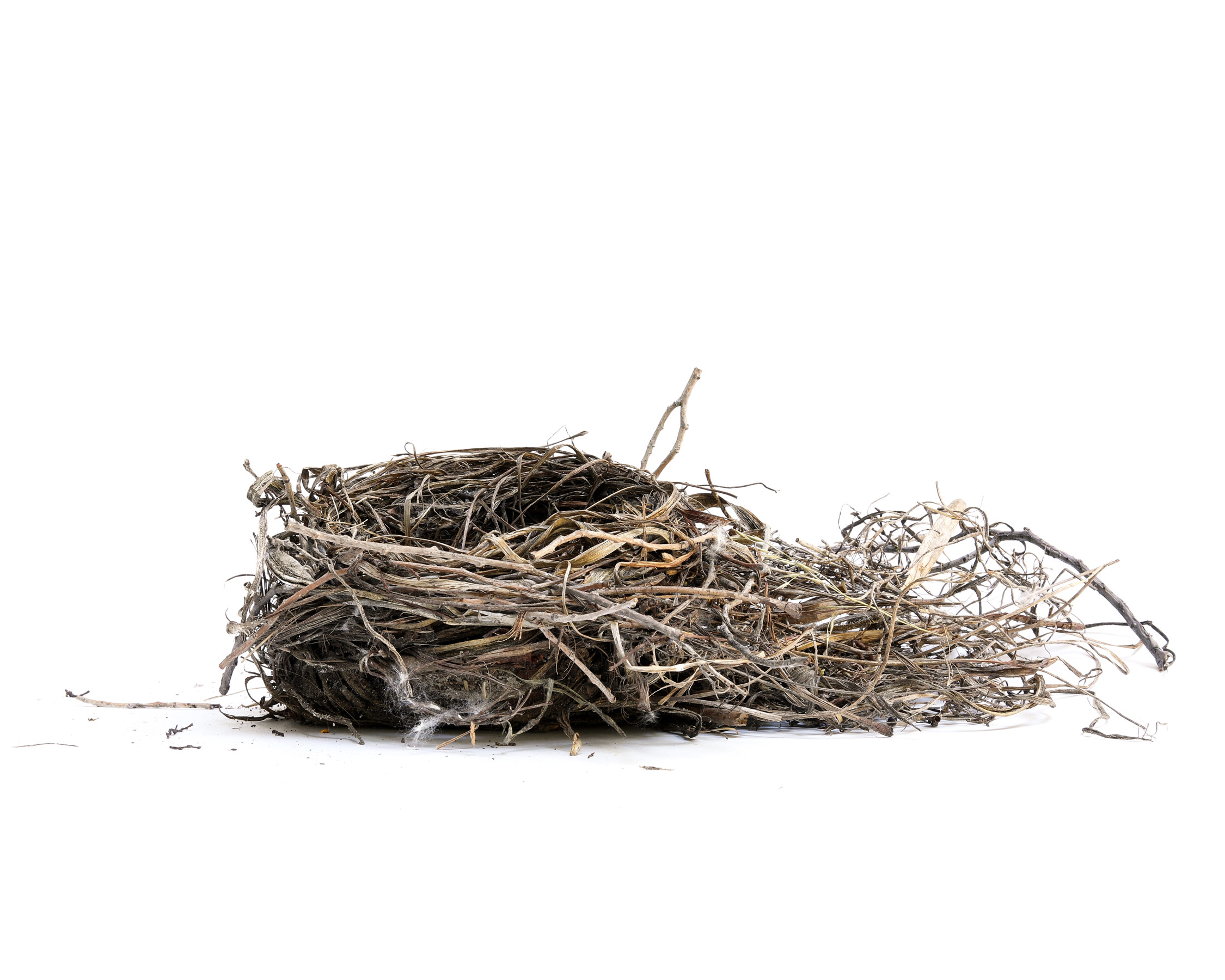
A Home for Four
A mama robin made this nest right on a windowsill right beside the door to my mom’s house. She laid three stunningly beautiful blue eggs. I was worried that all the interruptions from visitors would affect the incubation*, but it did not. She hatched three robust babies, and we all got an up-close view of their development for the next two weeks until they fledged. The last couple of days the it looked like a comedy sketch with the three teen-aged birds spilling out and over the rim of the nest–which is about the the size of a cereal bowl. Interestingly, there were no egg shell bits left behind. I expected to see little shards of robin’s egg blue sparkling out from the crevices of the nesting material. They fledged without witnesses. And left no trace behind.
American robin nest (Turdus migratorius)
*The female incubates the eggs over a two-week period and both parents care for the young. The eggs take around two weeks to hatch and the chicks will fledge when they are about 12 to 14 days old. The female may produce two broods of young each year.
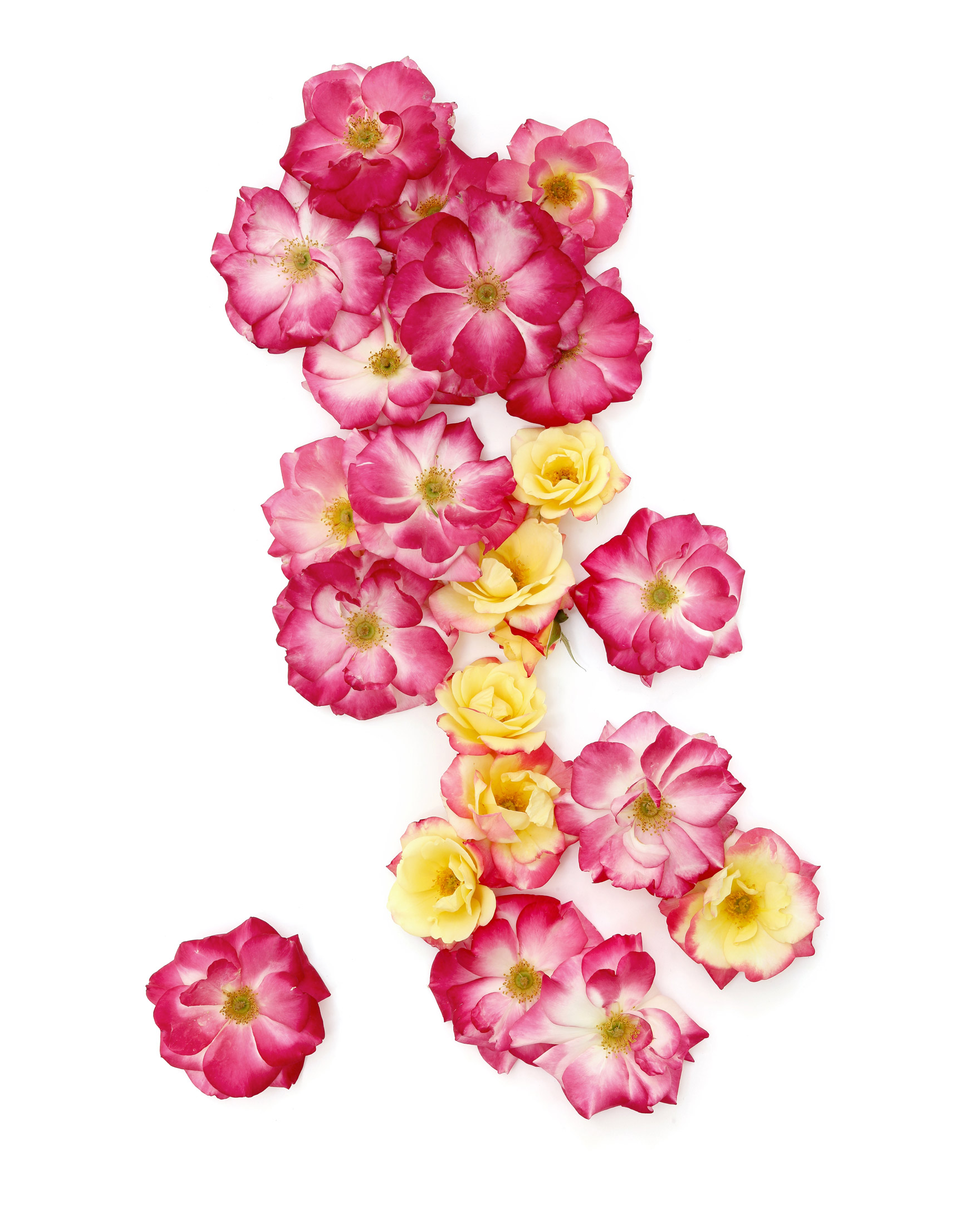
as old as time
The oldest remains of roses are from the Late Eocene Florissant Formation of Colorado. That’s about 50 million years ago. Today’s garden roses come from 18th-century China. Among the old Chinese garden roses, the Old Blush group is the most primitive, while newer groups are the most diverse. I think the reason these bush-roses caught my attention today is that the little bit of white at the base of each petal added a depth and dimension that made the pinks and yellows all the more radiant. Bush roses feel old-fashioned to me–the kind of thing grandma would have had beside her house. But the older I get, the more I love seeing bush-rose borders heavy with June blooms. Ha! I turned 60 two weeks ago. Time to start planting those bush roses for the grandkids, when they come :-)
dark pink and yellow bush roses
-
They look tropical from this perspective!
reply
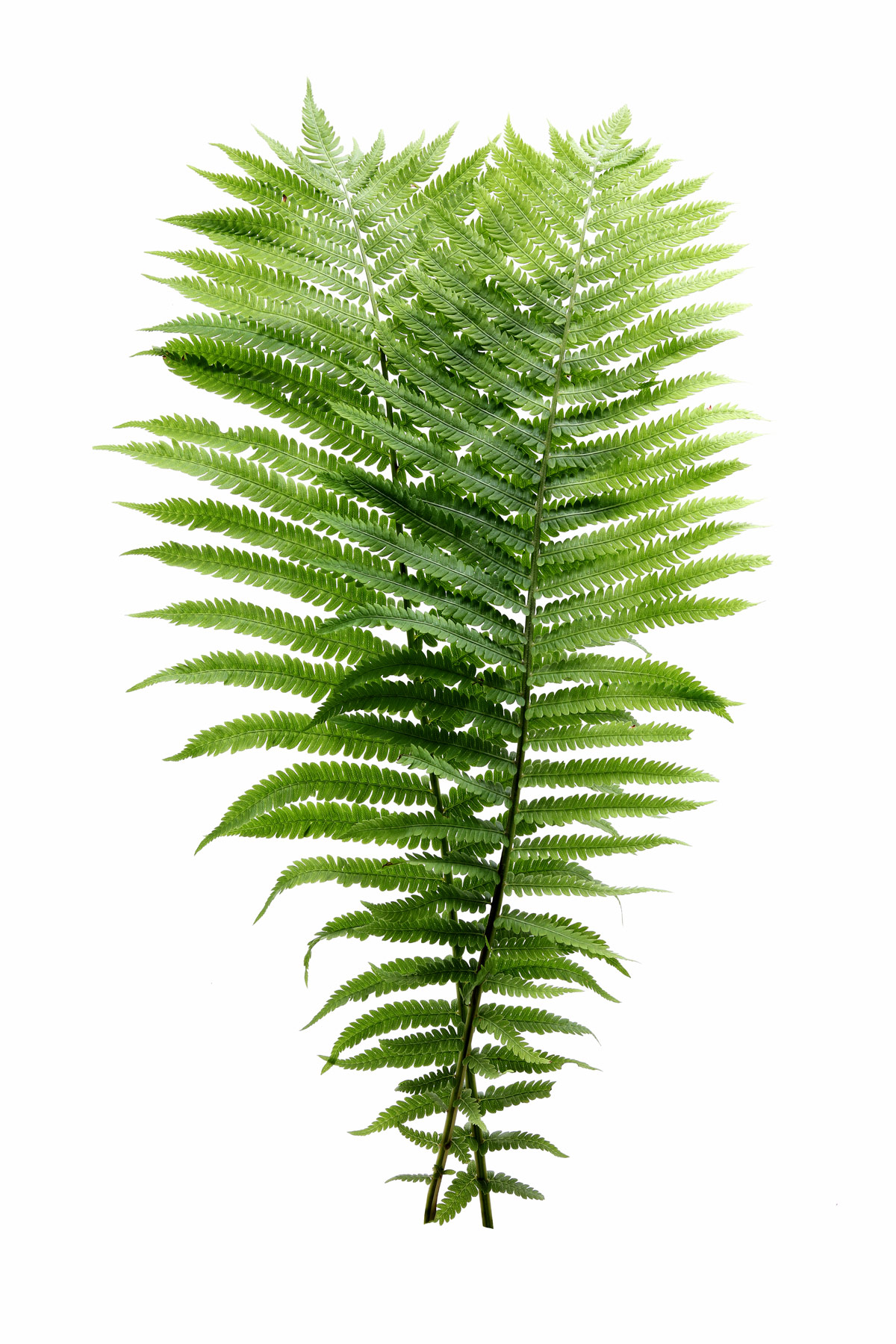
The King of Ferns
Ostrich ferns are one of the largest species of fern in eastern North America. My yard is full of them, and they spread easily. Ours grow about waist high, but I have seen whole valleys of them in nearby Wisconsin where they can get to shoulder height. I consider them the king of our native ferns. They are majestic. I have tried to photograph the whole plant, isolated on a white background, but without success yet. I have yet to try digging one up, and bringing it inside for a portrait. Perhaps that is an experiment worth trying this summer.
ostrich fern fronds in high summer (Matteuccia struthiopteris)



And just look at that wonderful hairy stem!!